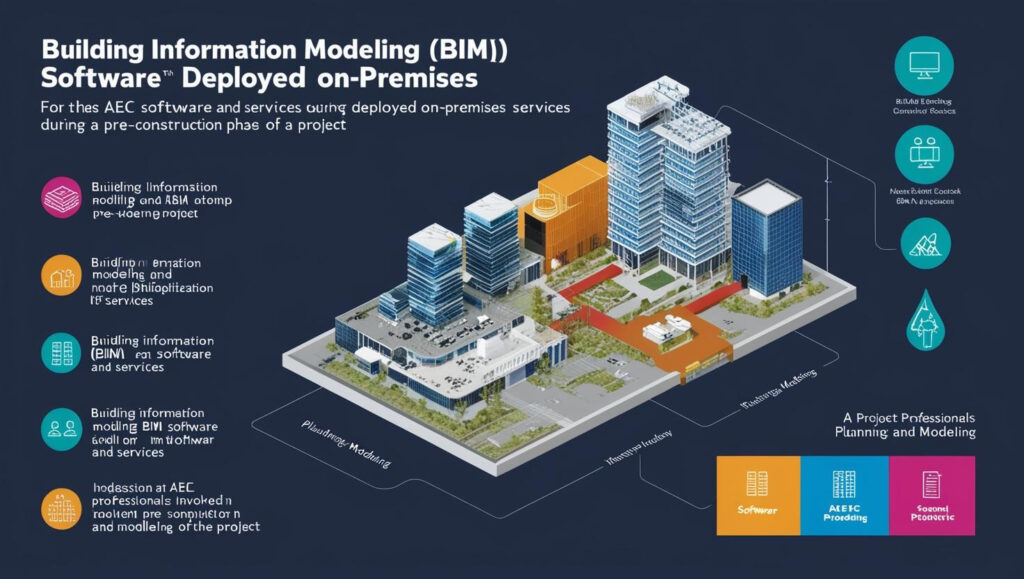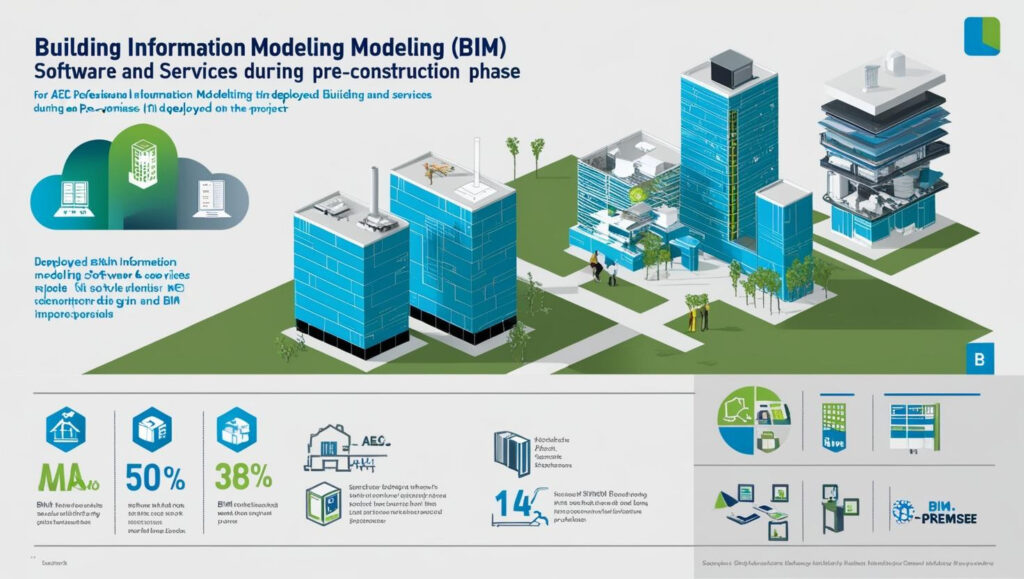The construction industry is undergoing a major digital transformation, with Building Information Modeling (BIM) playing a pivotal role in reshaping project planning, design, and execution. As the demand for smarter, more efficient, and sustainable construction grows, emerging technologies such as Artificial Intelligence (AI), Digital Twins, the Internet of Things (IoT), and Augmented Reality (AR) are enhancing BIM’s capabilities. These advancements are improving collaboration, reducing costs, and increasing efficiency in the global construction sector.
Download PDF Brochure @ https://www.marketsandmarkets.com/pdfdownloadNew.asp?id=95037387

This article explores the latest emerging technologies in the BIM market and their profound impact on the construction industry.
Key Emerging Technologies in the Building Information Modeling (BIM) Market
1. Artificial Intelligence (AI) and Machine Learning (ML) in BIM
AI and ML are revolutionizing BIM by automating complex processes, predicting project risks, and improving design accuracy. AI-powered BIM solutions can analyze vast amounts of data to optimize designs, detect potential conflicts in blueprints, and enhance decision-making.
Impact on Construction:
- Predictive analytics help prevent cost overruns by identifying potential delays.
- Automated design generation reduces manual errors and speeds up planning.
- AI-driven clash detection improves coordination between architectural, structural, and MEP (mechanical, electrical, and plumbing) designs.
2. Digital Twin Technology
A Digital Twin is a virtual replica of a physical building that integrates real-time data from sensors and IoT devices. This technology enables construction teams to monitor building performance, anticipate maintenance needs, and optimize energy efficiency.
Impact on Construction:
- Enhances facility management by offering real-time insights into building performance.
- Helps in proactive maintenance, reducing long-term repair costs.
- Improves energy efficiency by simulating different environmental conditions.
3. Internet of Things (IoT) in BIM
IoT-enabled sensors and smart devices are being integrated into BIM to enhance construction site management and building performance monitoring. These connected devices provide real-time data on equipment usage, worker safety, and environmental conditions.
Impact on Construction:
- Improved safety monitoring by tracking worker movements and detecting hazardous conditions.
- Real-time asset tracking ensures better equipment utilization.
- Data-driven decision-making helps optimize resource allocation and reduce waste.
4. Augmented Reality (AR) and Virtual Reality (VR) in BIM
AR and VR are transforming how architects and engineers visualize projects before construction begins. BIM-powered AR/VR solutions allow stakeholders to interact with 3D building models in real-time, improving collaboration and reducing design errors.
Impact on Construction:
- Enhanced project visualization helps clients and stakeholders better understand design concepts.
- On-site AR applications assist workers in following detailed blueprints and identifying potential issues.
- VR-based training programs improve worker efficiency and reduce errors.
5. Blockchain Technology in BIM
Blockchain is gaining traction in construction for secure data sharing and contract management. BIM models can be stored on blockchain networks to enhance data security, transparency, and collaboration among stakeholders.
Impact on Construction:
- Improved data integrity ensures that BIM files remain unaltered and accurate.
- Smart contracts streamline payments and project approvals.
- Enhanced collaboration by providing a single, trusted source of project data.
The Growing Impact of Technology on BIM Adoption
With these advancements, the global BIM market is expected to grow significantly in the coming years. As construction firms embrace these technologies, the industry will witness:
- Faster project completion times through automation and digital collaboration.
- Reduced construction costs by minimizing errors and optimizing resource use.
- Greater sustainability efforts as AI and IoT help monitor energy consumption and reduce waste.
- Increased adoption of off-site and modular construction, enabled by precise BIM modeling.

Challenges in Implementing Emerging Technologies in BIM
Despite the benefits, some challenges remain:
- High initial investment costs for BIM software and emerging technologies.
- Lack of skilled professionals who can integrate AI, IoT, and Digital Twins into BIM.
- Resistance to change from traditional construction firms that rely on manual processes.
- Cybersecurity risks associated with cloud-based BIM and blockchain integration.
The global BIM market is evolving rapidly with the adoption of cutting-edge technologies. AI, IoT, Digital Twins, AR/VR, and Blockchain are enhancing construction efficiency, reducing costs, and promoting sustainability. While challenges remain, the benefits of these technologies far outweigh the drawbacks. As digital transformation continues, BIM will become an essential tool for modern construction, shaping the future of smart buildings and infrastructure.
